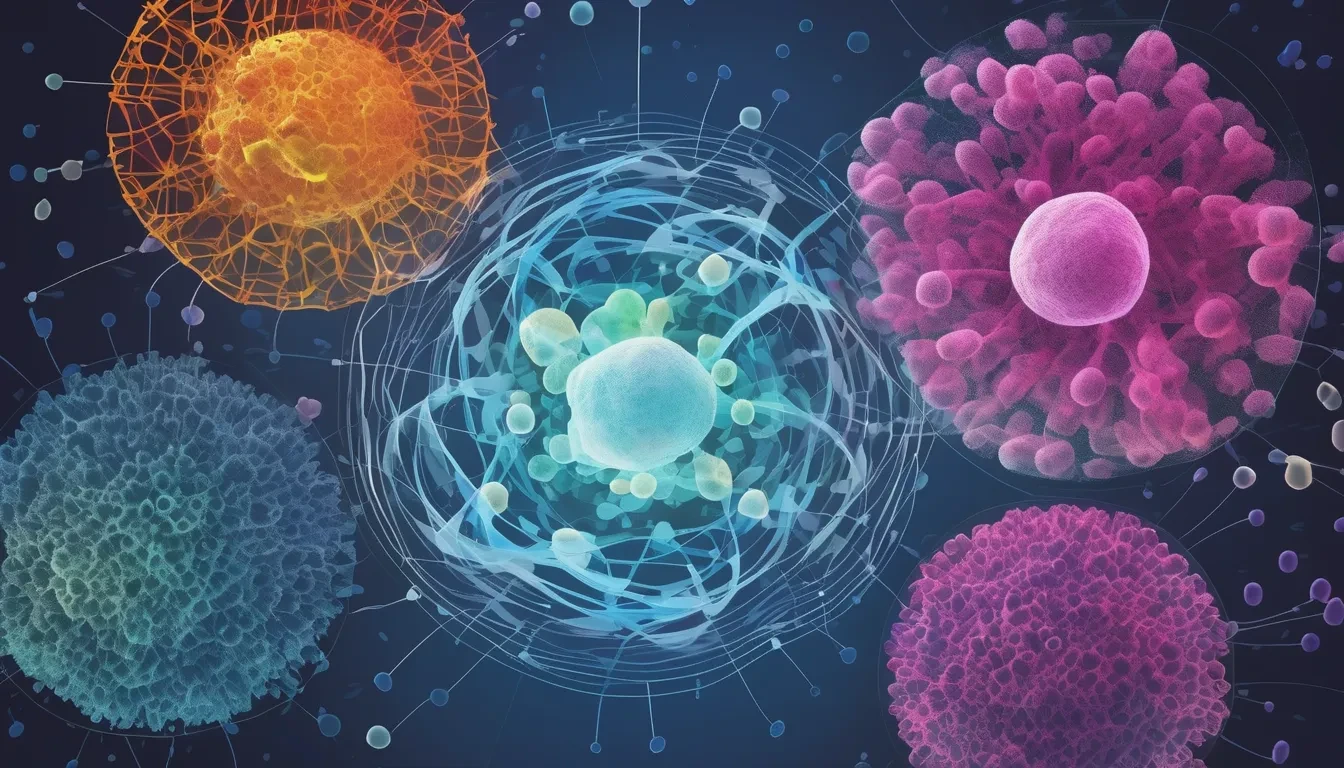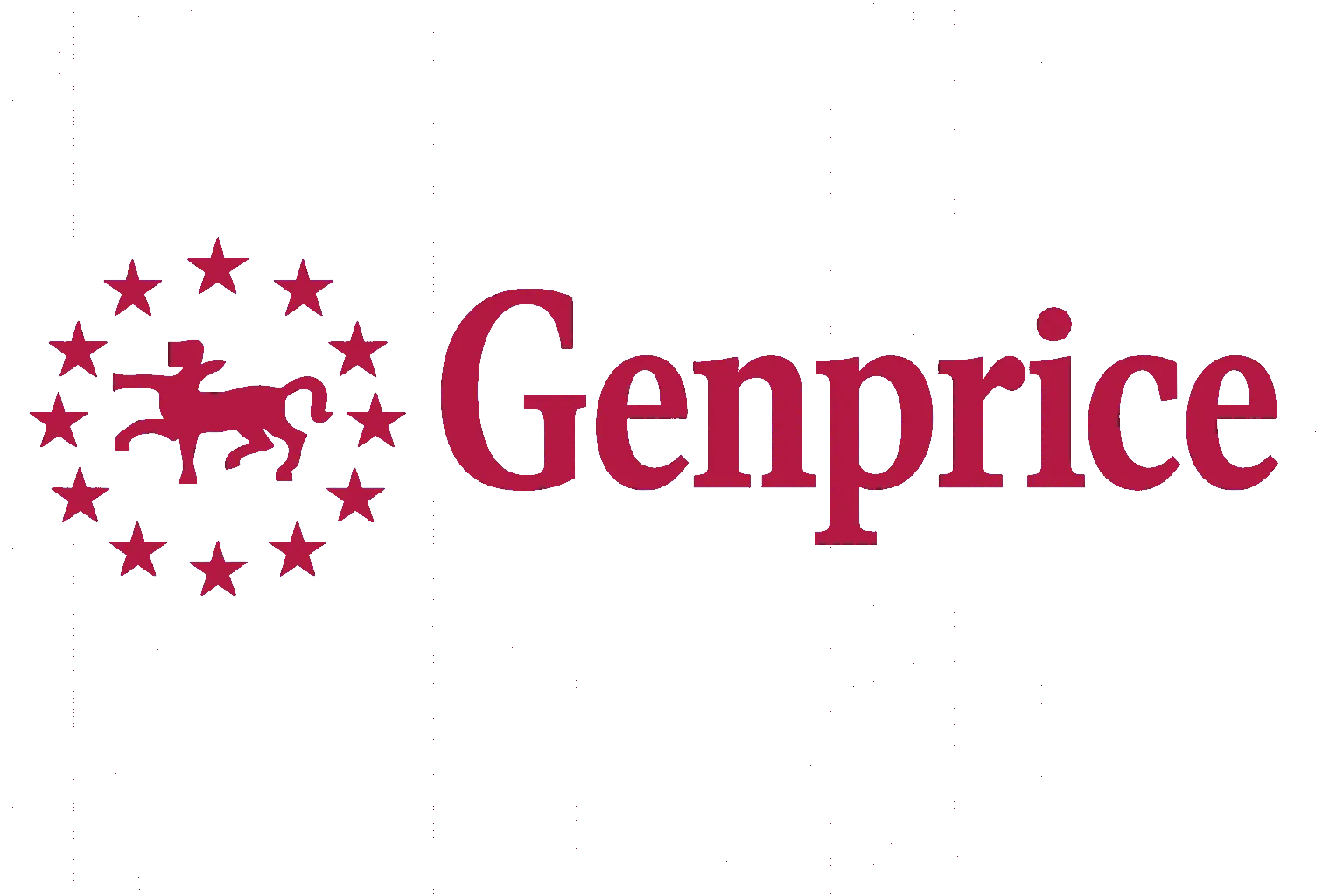Filters
Host (768597)
Bovine (1090)Canine (20)Cat (408)Chicken (1642)Cod (2)Cow (333)Crab (15)Dog (524)Dolphin (2)Duck (13)E Coli (239129)Equine (7)Feline (1864)Ferret (306)Fish (125)Frog (55)Goat (36847)Guinea Pig (752)Hamster (1376)Horse (903)Insect (2053)Mammalian (512)Mice (6)Monkey (601)Mouse (96266)Pig (197)Porcine (70)Rabbit (358709)Rat (11723)Ray (55)Salamander (4)Salmon (15)Shark (3)Sheep (4247)Snake (4)Swine (301)Turkey (57)Whale (3)Yeast (5336)Zebrafish (3022)Isotype (156643)
IgA (13624)IgA1 (941)IgA2 (318)IgD (1949)IgE (5594)IgG (87187)IgG1 (16733)IgG2 (1329)IgG3 (2719)IgG4 (1689)IgM (22029)IgY (2531)Label (239340)
AF488 (2465)AF594 (662)AF647 (2324)ALEXA (11546)ALEXA FLUOR 350 (255)ALEXA FLUOR 405 (260)ALEXA FLUOR 488 (672)ALEXA FLUOR 532 (260)ALEXA FLUOR 555 (274)ALEXA FLUOR 568 (253)ALEXA FLUOR 594 (299)ALEXA FLUOR 633 (262)ALEXA FLUOR 647 (607)ALEXA FLUOR 660 (252)ALEXA FLUOR 680 (422)ALEXA FLUOR 700 (2)ALEXA FLUOR 750 (414)ALEXA FLUOR 790 (215)Alkaline Phosphatase (825)Allophycocyanin (32)ALP (387)AMCA (80)AP (1160)APC (15217)APC C750 (13)Apc Cy7 (1248)ATTO 390 (3)ATTO 488 (6)ATTO 550 (1)ATTO 594 (5)ATTO 647N (4)AVI (53)Beads (225)Beta Gal (2)BgG (1)BIMA (6)Biotin (27817)Biotinylated (1810)Blue (708)BSA (878)BTG (46)C Terminal (688)CF Blue (19)Colloidal (22)Conjugated (29246)Cy (163)Cy3 (390)Cy5 (2041)Cy5 5 (2469)Cy5 PE (1)Cy7 (3638)Dual (170)DY549 (3)DY649 (3)Dye (1)DyLight (1430)DyLight 405 (7)DyLight 488 (216)DyLight 549 (17)DyLight 594 (84)DyLight 649 (3)DyLight 650 (35)DyLight 680 (17)DyLight 800 (21)Fam (5)Fc Tag (8)FITC (30165)Flag (208)Fluorescent (146)GFP (563)GFP Tag (164)Glucose Oxidase (59)Gold (511)Green (580)GST (711)GST Tag (315)HA Tag (430)His (619)His Tag (492)Horseradish (550)HRP (12960)HSA (249)iFluor (16571)Isoform b (31)KLH (88)Luciferase (105)Magnetic (254)MBP (338)MBP Tag (87)Myc Tag (398)OC 515 (1)Orange (78)OVA (104)Pacific Blue (213)Particle (64)PE (33571)PerCP (8438)Peroxidase (1380)POD (11)Poly Hrp (92)Poly Hrp40 (13)Poly Hrp80 (3)Puro (32)Red (2440)RFP Tag (63)Rhodamine (607)RPE (910)S Tag (194)SCF (184)SPRD (351)Streptavidin (55)SureLight (77)T7 Tag (97)Tag (4710)Texas (1249)Texas Red (1231)Triple (10)TRITC (1401)TRX tag (87)Unconjugated (2110)Unlabeled (218)Yellow (84)Pathogen (489613)
Adenovirus (8665)AIV (315)Bordetella (25035)Borrelia (18281)Candida (17817)Chikungunya (638)Chlamydia (17650)CMV (121394)Coronavirus (5948)Coxsackie (854)Dengue (2868)EBV (1510)Echovirus (215)Enterovirus (677)Hantavirus (254)HAV (905)HBV (2095)HHV (873)HIV (7865)hMPV (300)HSV (2356)HTLV (634)Influenza (22132)Isolate (1208)KSHV (396)Lentivirus (3755)Lineage (3025)Lysate (127759)Marek (93)Measles (1163)Parainfluenza (1681)Poliovirus (3030)Poxvirus (74)Rabies (1519)Reovirus (527)Retrovirus (1069)Rhinovirus (507)Rotavirus (5346)RSV (1781)Rubella (1070)SIV (277)Strain (67790)Vaccinia (7233)VZV (666)WNV (363)Species (2982223)
Alligator (10)Bovine (159546)Canine (120648)Cat (13082)Chicken (113771)Cod (1)Cow (2030)Dog (12745)Dolphin (21)Duck (9567)Equine (2004)Feline (996)Ferret (259)Fish (12797)Frog (1)Goat (90451)Guinea Pig (87888)Hamster (36959)Horse (41226)Human (955186)Insect (653)Lemur (119)Lizard (24)Monkey (110914)Mouse (470743)Pig (26204)Porcine (131703)Rabbit (127597)Rat (347841)Ray (442)Salmon (348)Seal (8)Shark (29)Sheep (104984)Snake (12)Swine (511)Toad (4)Turkey (244)Turtle (75)Whale (45)Zebrafish (535)Technique (5597646)
Activation (170393)Activity (10733)Affinity (44631)Agarose (2604)Aggregation (199)Antigen (135358)Apoptosis (27447)Array (2022)Blocking (71767)Blood (8528)Blot (10966)ChiP (815)Chromatin (6286)Colorimetric (9913)Control (80065)Culture (3218)Cytometry (5481)Depletion (54)DNA (172449)Dot (233)EIA (1039)Electron (6275)Electrophoresis (254)Elispot (1294)Enzymes (52671)Exosome (4280)Extract (1090)Fab (2230)FACS (43)FC (80929)Flow (6666)Fluorometric (1407)Formalin (97)Frozen (2671)Functional (708)Gel (2484)HTS (136)IF (12906)IHC (16566)Immunoassay (1589)Immunofluorescence (4119)Immunohistochemistry (72)Immunoprecipitation (68)intracellular (5602)IP (2840)iPSC (259)Isotype (8791)Lateral (1585)Lenti (319416)Light (37250)Microarray (47)MicroRNA (4834)Microscopy (52)miRNA (88044)Monoclonal (516109)Multi (3844)Multiplex (302)Negative (4261)PAGE (2520)Panel (1520)Paraffin (2587)PBS (20270)PCR (9)Peptide (276160)PerCP (13759)Polyclonal (2762994)Positive (6335)Precipitation (61)Premix (130)Primers (3467)Probe (2627)Profile (229)Pure (7808)Purification (15)Purified (78305)Real Time (3042)Resin (2955)Reverse (2435)RIA (460)RNAi (17)Rox (1022)RT PCR (6608)Sample (2667)SDS (1527)Section (2895)Separation (86)Sequencing (122)Shift (22)siRNA (319447)Standard (42468)Sterile (10170)Strip (1863)Taq (2)Tip (1176)Tissue (42812)Tube (3306)Vitro (3577)Vivo (981)WB (2515)Western Blot (10683)Tissue (2015946)
Adenocarcinoma (1075)Adipose (3459)Adrenal (657)Adult (4883)Amniotic (65)Animal (2447)Aorta (436)Appendix (89)Array (2022)Ascites (4377)Bile Duct (20)Bladder (1672)Blood (8528)Bone (27330)Brain (31189)Breast (10917)Calvaria (28)Carcinoma (13493)cDNA (58547)Cell (413805)Cellular (9357)Cerebellum (700)Cervix (232)Child (1)Choroid (19)Colon (3911)Connective (3601)Contaminant (3)Control (80065)Cord (661)Corpus (148)Cortex (698)Dendritic (1849)Diseased (265)Donor (1360)Duct (861)Duodenum (643)Embryo (425)Embryonic (4583)Endometrium (463)Endothelium (1424)Epidermis (166)Epithelium (4221)Esophagus (716)Exosome (4280)Eye (2033)Female (475)Frozen (2671)Gallbladder (155)Genital (5)Gland (3436)Granulocyte (8981)Heart (6850)Hela (413)Hippocampus (325)Histiocytic (74)Ileum (201)Insect (4880)Intestine (1944)Isolate (1208)Jejunum (175)Kidney (8075)Langerhans (283)Leukemia (21541)Liver (17340)Lobe (835)Lung (6064)Lymph (1208)Lymphatic (639)lymphocyte (22572)Lymphoma (12782)Lysate (127759)Lysosome (2813)Macrophage (31794)Male (1617)Malignant (1465)Mammary (1985)Mantle (1042)Marrow (2210)Mastocytoma (3)Matched (11710)Medulla (156)Melanoma (15522)Membrane (105772)Metastatic (3574)Mitochondrial (160319)Muscle (37419)Myeloma (748)Myocardium (11)Nerve (6398)Neuronal (17028)Node (1206)Normal (9486)Omentum (10)Ovarian (2509)Ovary (1172)Pair (47185)Pancreas (2843)Panel (1520)Penis (64)Peripheral (1912)Pharynx (122)Pituitary (5411)Placenta (4038)Prostate (9423)Proximal (318)Rectum (316)Region (202210)Retina (956)Salivary (3119)Sarcoma (6946)Section (2895)Serum (24880)Set (167654)Skeletal (13628)Skin (1879)Smooth (7577)Spinal (424)Spleen (2292)Stem (8892)Stomach (925)Stroma (49)Subcutaneous (47)Testis (15393)Thalamus (127)Thoracic (60)Throat (40)Thymus (2986)Thyroid (14121)Tongue (140)Total (10135)Trachea (227)Transformed (175)Tubule (48)Tumor (76921)Umbilical (208)Ureter (73)Urinary (2466)Uterine (303)Uterus (414)Single Nuclei vs. Single-Cell Transcriptomics in Brain Research: Which One Works Best?
Genprice
Scientific Publications

Single Nuclei vs. Single-Cell Transcriptomics in Brain Research: Which One Works Best?
Introduction
Single-cell transcriptomics has revolutionized neuroscience by enabling the study of gene expression at an unprecedented resolution. However, brain tissue poses unique challenges for single-cell RNA sequencing (scRNA-seq) due to the presence of delicate and complex cellular structures. In response, single-nuclei RNA sequencing (snRNA-seq) has emerged as an alternative, allowing researchers to profile gene expression without the need for intact cells. This article explores the fundamental differences between these approaches, their respective advantages and limitations, and their applicability in brain research.
Key Differences Between Single-Cell and Single-Nuclei Transcriptomics
Both scRNA-seq and snRNA-seq aim to uncover cellular heterogeneity and gene expression dynamics, but they differ in how they obtain their data:
Sample Preparation
- Single-Cell RNA Sequencing (scRNA-seq): Requires the isolation of intact cells through enzymatic or mechanical dissociation.
- Single-Nuclei RNA Sequencing (snRNA-seq): Extracts nuclei from fixed or frozen tissue, avoiding the need for full cell dissociation.
RNA Content
- scRNA-seq captures both cytoplasmic and nuclear RNA, leading to a more comprehensive transcriptome profile.
- snRNA-seq focuses primarily on nuclear RNA, which represents a subset of the full transcriptome, often enriched for nascent transcripts.
Applicability to Brain Tissue
- Brain tissue is highly structured with extensive cellular processes. Many neuronal and glial cells do not tolerate mechanical dissociation well, making scRNA-seq challenging.
- snRNA-seq circumvents this issue by isolating nuclei rather than whole cells, enabling transcriptomic profiling from post-mortem, frozen, or archived brain samples.
Advantages and Limitations
Single-Cell RNA Sequencing (scRNA-seq)
Advantages:
- Captures the entire transcriptome, including cytoplasmic and mitochondrial RNA.
- Allows for direct measurement of gene expression in fully intact cells.
- Provides better resolution for cellular states and metabolic processes.
Limitations:
- Difficult to apply to complex tissues like the brain due to cellular fragility.
- Introduces biases from dissociation stress, potentially altering gene expression profiles.
- Requires fresh, high-quality tissue, limiting its use in post-mortem studies.
Single-Nuclei RNA Sequencing (snRNA-seq)
Advantages:
- Works well for frozen, fixed, and post-mortem brain samples.
- Avoids biases introduced by enzymatic dissociation.
- Enables transcriptomic studies of cells that are challenging to isolate intact, such as neurons with long projections.
Limitations:
- Lacks cytoplasmic RNA, leading to lower detection of transcripts with high cytoplasmic localization.
- Generally captures fewer genes per nucleus compared to scRNA-seq per cell.
- May have lower sensitivity to highly expressed genes due to the limited nuclear transcriptome.
Performance in Brain Research
Brain tissue, characterized by its dense extracellular matrix, highly interconnected cells, and susceptibility to dissociation stress, presents significant challenges for single-cell transcriptomics. Several studies have assessed the performance of scRNA-seq and snRNA-seq in different contexts:
Cell-Type Identification
- Both methods effectively resolve major brain cell types (neurons, astrocytes, oligodendrocytes, and microglia).
- snRNA-seq provides superior resolution for mature neurons and rare cell populations due to its compatibility with frozen tissue.
Gene Expression Accuracy
- scRNA-seq captures full-length transcripts, which is essential for isoform analysis and detailed functional annotation.
- snRNA-seq captures nuclear-enriched transcripts, providing insights into transcriptional regulation and nascent RNA dynamics.
Application to Disease Models
- snRNA-seq has been widely used in neurodegenerative disease research (e.g., Alzheimer’s and Parkinson’s) because it can analyze archived patient samples.
- scRNA-seq remains the method of choice for studying real-time cellular responses and metabolic pathways due to its ability to capture the whole transcriptome.
Future Directions and Hybrid Approaches
Given the complementary strengths of scRNA-seq and snRNA-seq, hybrid approaches are emerging to maximize their benefits. For instance:
- Combining snRNA-seq with spatial transcriptomics enables researchers to map gene expression while retaining spatial context within brain tissue.
- Integrating scRNA-seq with proteomics provides a more comprehensive view of cellular function by linking gene expression with protein abundance.
- Multi-omics approaches leveraging both cytoplasmic and nuclear RNA datasets help refine cell-type classification and regulatory network modeling.
Conclusion
Both single-cell and single-nuclei transcriptomics play critical roles in brain research, with snRNA-seq offering advantages for fragile and post-mortem samples, while scRNA-seq provides more comprehensive transcriptomic information. The choice between these methods depends on the research question, tissue availability, and technical constraints. As technology advances, integrating these approaches will likely yield deeper insights into the complexity of brain function and disease mechanisms.
